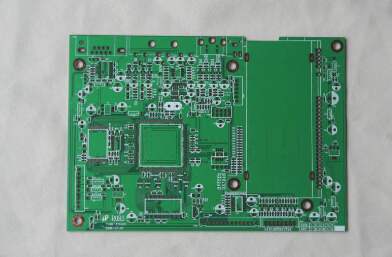Understanding High Tg PCBs and Copper-Clad Laminates
High Tg PCBs play a crucial role in maintaining the rigidity and functionality of electronic products, especially in demanding applications like computers. These PCBs offer enhanced heat resistance, moisture resistance, and chemical stability, making them ideal for modern electronics.
The Significance of Glass Transition Temperature (Tg)
- When a high Tg PCB reaches its glass transition temperature, it transitions from a rigid “glass state” to a flexible “rubber state.”
- High Tg materials can withstand temperatures above 170 degrees Celsius, ensuring stability and performance under extreme conditions.
- Increasing the Tg value enhances the board’s heat resistance and overall durability, crucial for lead-free manufacturing processes.
Advancements in PCB Substrate Materials
The evolution of high-density mounting technologies has raised the bar for PCB substrate materials, pushing the industry towards high-heat-resistant options. High Tg materials outperform standard substrates in mechanical strength, dimensional stability, and thermal properties.
Diverse Types of Copper-Clad Laminates
- Copper-clad laminates come in various types based on reinforcing materials, such as paper-based, glass fiber cloth-based, and composite laminates.
- Resin adhesives like epoxy, polyester, and polyimide are commonly used in different types of laminates to enhance performance.
- Classification based on flame-retardant properties distinguishes between standard and green flame-retardant laminates, reflecting environmental concerns.
Future Trends in PCB Substrate Development
As electronic technologies advance, the demand for high-performance copper-clad laminates continues to grow. New standards and materials are constantly being developed to meet the evolving needs of the electronics industry.





